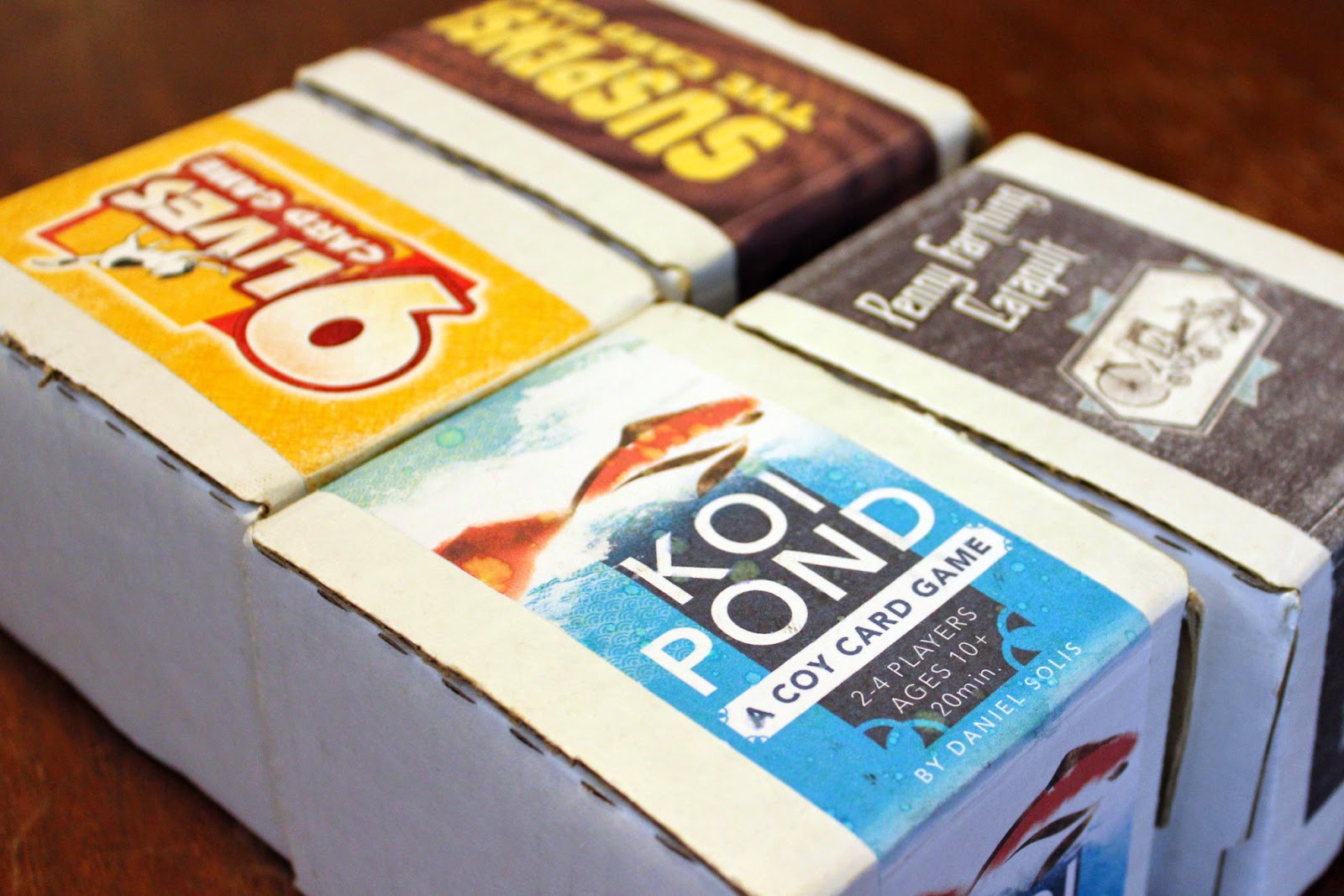"Holy Ship!" - Shipping Cost Sticker Shock
For the last thirteen months, I've focused almost exclusively on releasing my own card games through the print on-demand service DriveThruCards. In that time, I've released several monthly sales reports outlining my own earnings, which have been pretty good! Enough to support further game development and meaningfully contribute to my household.
I've never addressed the biggest hidden cost of this model: Shipping. For example, buying one copy of Koi Pond cost an extra four dollars in shipping for a 1-2 week delivery. Nevermind the lack of a box or public perception of POD card quality, the shipping 20% price hike is my biggest barrier to closing a sale.
Traditional Shipping vs. Retail Shipping
Shipping costs are hidden in a traditional retail purchase because the up-front production costs are much cheaper thanks to the economy of scale. When each unit only costs a couple dollars to make, and units are shipped in bulk, each unit's retail price can stay as low as $10-$15.
Unfortunately, the print-on-demand model I presently use means that each unit costs the same amount to produce.I'm trying to keep my own markup for each product low enough that the final prices can stay competitive with what you might see on a store shelf, but if I also accounted for the cost of shipping in that markup, I'd barely earn anything.
Alternatives and Solutions
DriveThruCards does offer bulk printing, which in turn would need a large up front sum of money. That means crowdfunding. Still, directly shipping to the consumer is expensive any way you slice it. Most Kickstarter projects underestimate the cost of shipping, which ultimately hurts the overall project's fulfillment.
There is another option I have seen a lot of lately that seems to work: Bundle purchases. Many of my customers wait until I have enough new product for them to buy at the same time, to cut down the per-unit shipping costs.
That's partly why I'm releasing products at such a prolific rate this year, to make those bundle purchases more viable and tempting. This lets me control my own output and income without reducing the perceived value of the product.
Promotional sales help, apparently. I've avoided this strategy until now, mainly because I didn't want to be trapped in an "endless sale" like a department store. However, I've seen a lot of buying activity from this weekend's Origins sale when I reduced prices up to 25%. There were nearly as many purchases in those five days as in the entirety of March. Whether my earnings match that sales performance has yet to be seen.
Anyhoo, thanks for understanding. I appreciate your support.

Comments
Post a Comment